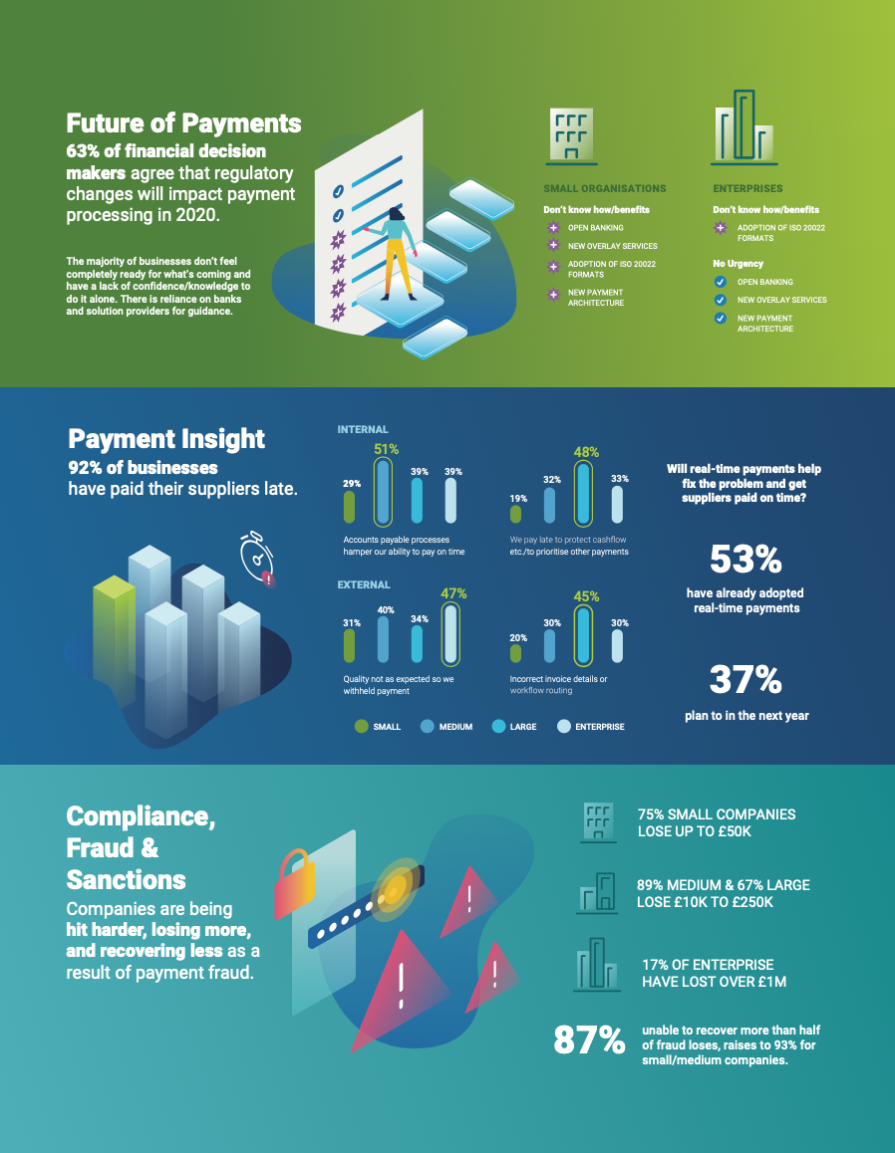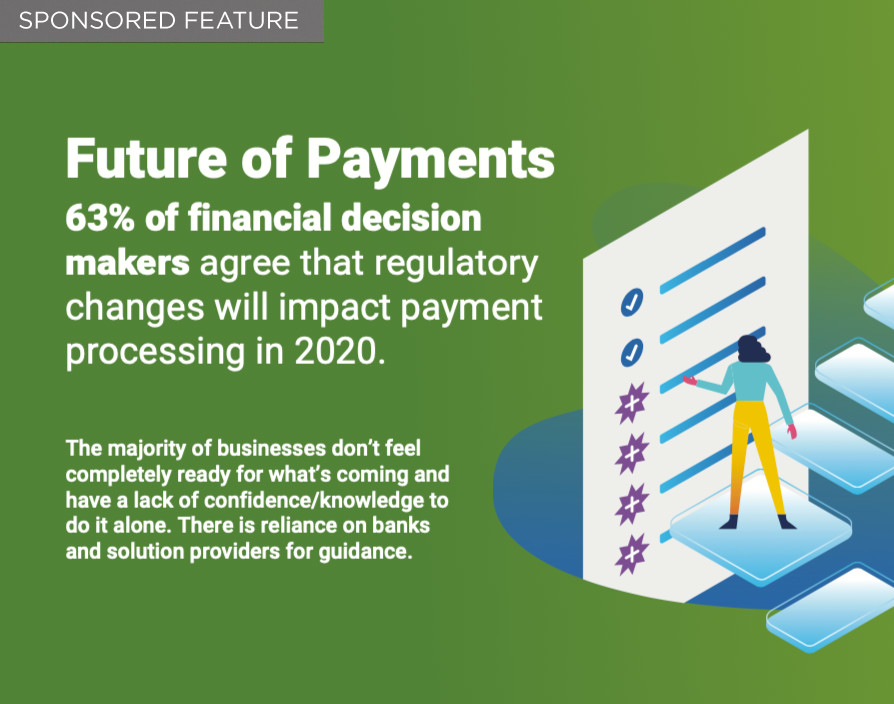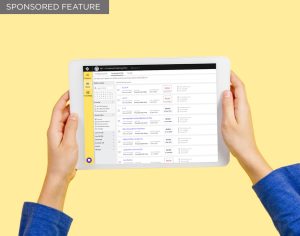Late payments are a major headache. What’s the most effective remedy for you?
The way we shop has changed dramatically in recent years.
As consumers, we can pay for goods and services in multiple ways, which can make it hard for businesses to know which method of collecting payments is best.
The popularity of Netflix-style subscriptions indicates how consumer attitudes to making regular, lower- value payments has changed. Under this model, paying via Direct Debit is convenient, simple and reliable for both the consumer and the business owner.
In the business-to-business world, however, many companies – especially larger ones – see paying late as entirely normal. This can hold back your growth, hinder your own payments to suppliers and staff and even threaten your company’s survival when cashflow is tight.
Some businesses are terrible at chasing outstanding invoices.
Their owners may dislike confrontation or worry that they will damage the customer relationship. Being firm, persistent and polite – without letting late payers take you for a ride – is essential. But as more and more businesses are recognising, using Direct Debits can eliminate this friction considerably.
At the same time, it’s essential that you understand your financial position. This can be challenging if you have multiple bank accounts or trade in different currencies, but Open Banking, and the ability to gather statements and balances from different providers in one place, has improved visibility tremendously.

Collecting payments
There are numerous ways to collect payments and choosing which is suitable for your business will depend on your circumstances.
• Invoices are simple and convenient, but payments can be late and chasing them up can be time-consuming.
Standing orders involve a customer agreeing to pay you fixed sums at regular intervals using automated payments.
• Direct Debits are automated too, but debit variable amounts as payments become due, provided advance notice is given.
• Faster Payments are immediate and suited to urgent, low-value payments or supplier runs, payroll runs and staff expenses.
• Continuous payment authority from credit or debit cards gives businesses the ability to debit money whenever a sum is owed – though this practice has recently attracted negative press.
Tailor-made systems
Some companies use a customer relationship management (CRM) system to administer payments. But where something as business-critical as getting paid is at stake, you need to ask yourself if a generic solution is enough.
Does the existing system, for instance, enable bank account validation and owner verification? Does it allow for balloon payments or for multiple plans? And will it help you to stay compliant when legislation changes?
Bottomline can offer you a specialist Direct Debit management solution, providing in-depth capabilities that ensure the process is efficient, compliant and flexible.
Its technology also incorporates card payments and new payment methods such as offering a customer the option of paying directly from their bank account or sending a request for payment, both of which are powered by Open Banking.
Furthermore, the secure platform grows with your business, allowing you to add modules as you need them – making it a solution that is both futureproof and innovative.
So, if all goes to plan, your worst payment headaches will be a distant memory.
This article comes courtesy of Bottomline,
Share via:








































